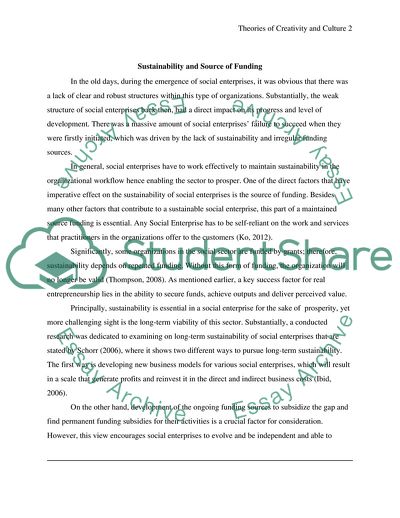Cite this document
(Theories of Creativity and Culture Essay Example | Topics and Well Written Essays - 1250 words, n.d.)
Theories of Creativity and Culture Essay Example | Topics and Well Written Essays - 1250 words. https://studentshare.org/culture/1859299-theories-of-creative-and-culture-essay
Theories of Creativity and Culture Essay Example | Topics and Well Written Essays - 1250 words. https://studentshare.org/culture/1859299-theories-of-creative-and-culture-essay
(Theories of Creativity and Culture Essay Example | Topics and Well Written Essays - 1250 Words)
Theories of Creativity and Culture Essay Example | Topics and Well Written Essays - 1250 Words. https://studentshare.org/culture/1859299-theories-of-creative-and-culture-essay.
Theories of Creativity and Culture Essay Example | Topics and Well Written Essays - 1250 Words. https://studentshare.org/culture/1859299-theories-of-creative-and-culture-essay.
“Theories of Creativity and Culture Essay Example | Topics and Well Written Essays - 1250 Words”. https://studentshare.org/culture/1859299-theories-of-creative-and-culture-essay.


